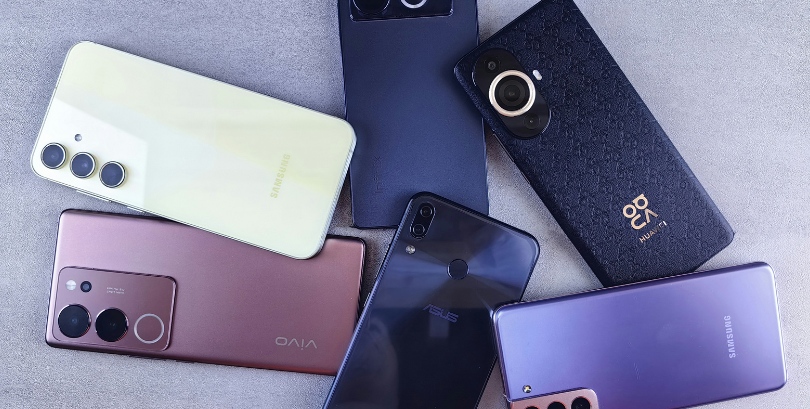Android has come a long way over the years, often introducing innovative features that push the boundaries of smartphone capabilities. However, many Android features we take for granted today were actually first seen on iOS.
Apple’s early adoption of certain technologies paved the way for other mobile platforms, including Android.
Also Read: 5 Cool iOS Features That Android Users Enjoyed First
Learn about 5 cool Android features that Apple users enjoyed well before they landed on Android devices.
If you’re an Android user, you might be surprised to learn that some of the coolest features you now enjoy were once exclusive to iOS.
1. Split-Screen Multitasking: Optimizing Work and Fun
One of the most highly praised Android features is split-screen multitasking, which allows users to run two apps simultaneously.
While this feature has become a staple for Android users, it was iOS that first brought the multitasking experience to smartphones with the introduction of Split View on the iPad.
Android followed suit by enhancing the multitasking experience with more flexible window management, offering an even more robust version of the feature.
2. Dark Mode: For (Easier) Night-time Viewing
Dark Mode is another Android feature that has been around for a while, but it was iOS users who had the luxury of experiencing it first. iOS 13 introduced system-wide Dark Mode, allowing users to switch to a darker interface to reduce eye strain and save battery life.
Android later incorporated this feature, with Android 10 giving users the option to toggle Dark Mode on or off. Now, both operating systems offer similar capabilities, but iOS was the one to set the trend.
3. App Clips & Instant Apps: For a Crisp Overview of Apps
App Clips on iOS are a streamlined way to access specific app features without downloading the full app. Android followed with Instant Apps, which allowed users to launch specific app features directly from the Play Store, without the need for installation.
Both Android features serve the same purpose — to provide quick access to app functionalities, and while iOS was the first to roll out App Clips, Android’s Instant Apps have proven to be just as effective.
4. Gesture Navigation: A Buttonless Experience
One of the most praised Android features today is gesture navigation, which lets users navigate their device using swipe gestures instead of traditional buttons. Though Android introduced this feature with Android 10, iOS users were the first to experience gesture-based navigation with the iPhone X and iOS 11.
Apple’s decision to eliminate the home button sparked the evolution of gesture navigation, which Android quickly adopted to enhance its user experience.
5. Wireless Charging: A Cooler Way of Charging
Wireless charging is another popular Android feature that was initially popularized by Apple.
Though Android devices had supported wireless charging before, iPhone 8 and iPhone X marked the moment when Apple made it mainstream.
The feature quickly became a standard in the mobile industry, with Android manufacturers refining the technology, offering faster charging speeds, and increasing compatibility across various devices.
Conclusion: iOS Innovates, But Android Leads in User-Friendliness
While Android has definitely built upon and improved many Android features originally pioneered by iOS, it’s clear that both platforms influence each other.
Whether it’s split-screen multitasking, Dark Mode, or wireless charging, iOS users often got a head start on many of the features we now consider essential.
With both systems constantly evolving, it will be exciting to see what new features Android adopts next — and which iOS users will enjoy them first.
Tags:
Android DevelopmentiOS DevelopmentMobile UI/UXAuthor - Abhishek Pattanaik
Abhishek, as a writer, provides a fresh perspective on an array of topics. He brings his expertise in Economics coupled with a heavy research base to the writing world. He enjoys writing on topics related to sports and finance but ventures into other domains regularly. Frequently spotted at various restaurants, he is an avid consumer of new cuisines.



